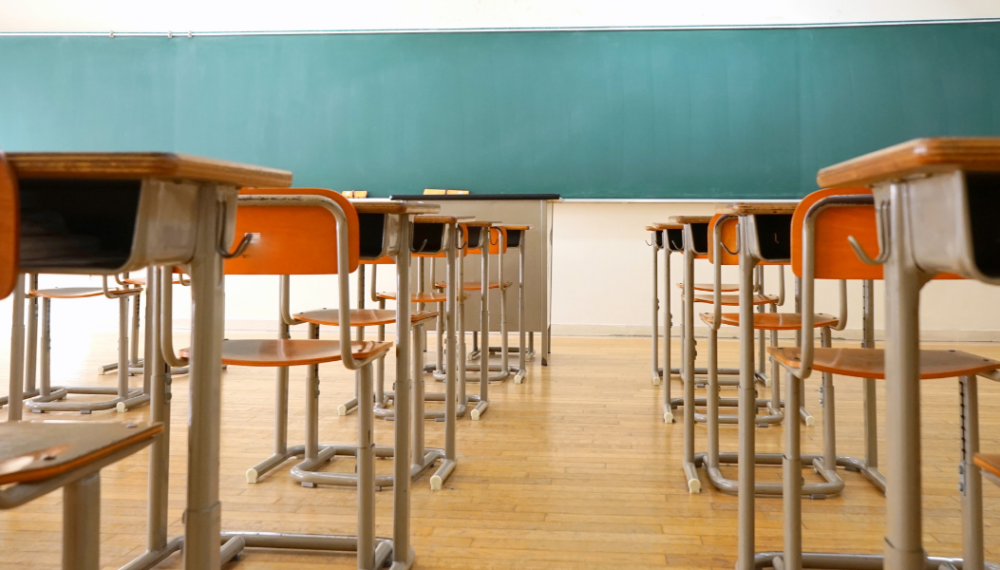NEO VLE: The Vital Tech Powering Savary Ferry High in Arras

Mr. Stelmaszyk has been the principal for three years at the Savary Ferry vocational high school in Arras, France, which has nearly 1,700 students. From messaging and flash messages to creating resources, he explains in this interview how the NEO VLE (virtual learning environment) is “an essential tool for the operation” of this large institution.
As the principal, how do you typically use the NEO digital workspace for the Hauts-de-France region?
The NEO VLE is my go-to channel for communicating with the entire educational community. Most of the time, I use the Messaging feature—it’s how I communicate externally with families and internally with teachers. I directly message families about all the major happenings at the school, registrations, internship placements, and so on. The second tool I lean on heavily is the Flash Message that gets displayed on the homepage. For instance, tomorrow morning, I’ll be using it to notify everyone about an upcoming lockdown drill. I also use NEO’s secure document sharing capabilities for more administrative purposes with the teaching staff. For a large institution like Savary Ferry, it’s crucial to have a single, secured communication hub defined. It ensures staff knows exactly where to access information, and it really streamlines operations for our services too—documents are digitized and easily accessible, which significantly cuts down on printing and photocopying, helping us meet our E3D environmental certification commitments.
What are some of the key NEO VLE tools and features specifically for managing the school’s operations?
Two essential shared tools on the NEO VLE platform are the resource booking application and the shared calendar. Our school hosts a lot of external meetings, so when I get a request, I need to quickly check the room availability calendar to see if I can confirm the booking. The NEO VLE is also our go-to for enabling remote work. Using it for this purpose really took off during the COVID crisis, but we can apply those same capabilities today for more individualized situations like if a staff member needs to work from home due to hospitalization or something similar.
How has the NEO VLE platform impacted your daily workflow?
The VLE streamlines secure communication because we know we’re only interfacing with our educational community members. It serves key functional and educational purposes, and all users have to follow the communication guidelines laid out in the charter they sign. Everyone is authenticated, so there’s no anonymous posting allowed. The VLE enables such rapid and reliable communication flows, which helps us maintain the quality standards set by the MARIANNE charter. These factors make the NEO VLE an absolutely essential tool for how we operate day-to-day.
How would you characterize the teaching staff’s usage of the NEO VLE platform?
Usage definitely varies depending on each teacher’s comfort level with the technology. Some just use the basic functional features like messaging. Others leverage it more for pedagogical purposes—the VLE serves as a central hub where teachers can share information and resources with students, whether it’s related to academics, administration, or general education. For certain teachers, it’s become a shared repository for pooling exam prep materials or supplementary learning content. Then you have the real power users who have become experts at taking advantage of virtually every app and feature the VLE offers. They’ve fully integrated it into their classroom instruction. But across the board, people seem to find the applications pretty intuitive and user-friendly to navigate.
What are some other innovative ways you’ve seen teachers utilizing the NEO VLE platform?
One area that’s been really impactful is how some teachers are creating custom modules to better support and accommodate students with special educational needs. Instead of just providing written materials, they’re building out sequences that also have audio components. We’ve found these kinds of adapted applications can be extremely helpful tools for facilitating the learning experience for students requiring more individualized support. It’s allowed us to partner with teachers to leverage the VLE as a means to make instructional accommodations more accessible. Digital technology has really opened up new avenues for enhancing the educational experience for students who may need some extra assistance.
Have students given you any feedback on the NEO VLE?
At this point, the digital workspace has become so integrated into their normal routines that students rarely provide feedback anymore. In the past, the biggest hurdle was just remembering their login credentials to access it. But as the applications have evolved, especially at the high school level, the practical usage has become second nature. We don’t really need to train students on the VLE anymore since they’ve been exposed to the same interface and tools throughout their educational journey, starting in elementary school. It’s an established continuum and an indispensable workspace tool for them by now.
comments
Add comment